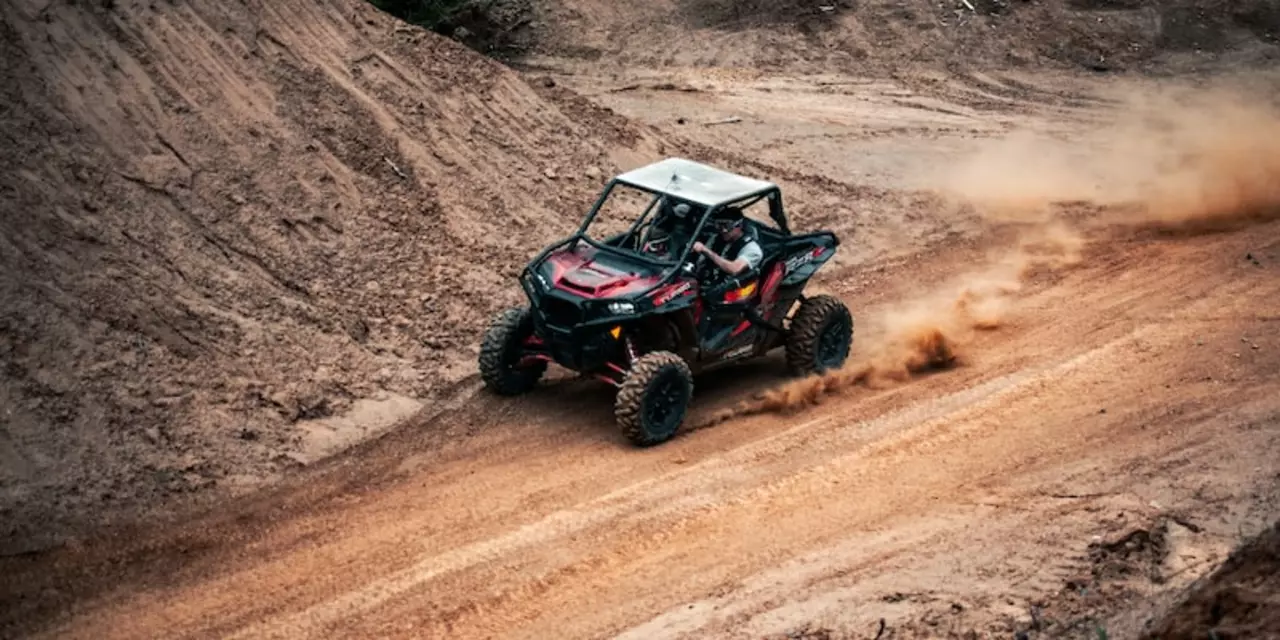Motor sports safety is an important topic that needs to be addressed. There are a variety of ways that safety can be improved, such as increasing structural integrity of cars, improving track safety, enforcing rules and regulations, as well as investing in medical personnel and equipment. New technology such as driverless cars and self-driving systems may also help to reduce the risk of accidents. Furthermore, by increasing driver and spectator education, motor sports safety can be further improved.
Motor Sports Safety: How We Can Make Racing Safer
When you hear the roar of engines, you also want to know the people behind the wheel are as safe as possible. Safety in motor sports isn’t just a buzzword – it’s a daily effort that keeps drivers, crews, and fans out of harm’s way. Below are real‑world steps that can raise the safety bar without slowing the excitement.
Strengthening Cars and Tracks
First off, the cars themselves need a tougher cage. Modern composites and carbon‑fiber frames can absorb more impact while staying light. Teams that invest in stronger roll cages, side‑impact protection, and energy‑absorbing foam see fewer serious injuries when crashes happen.
The track environment matters just as much. Safer barriers like SAFER (Soft‑Wall) systems replace old concrete walls and reduce the force transferred to a car. Running smooth asphalt, adding runoff areas, and keeping gravel traps clear all give drivers a better chance to slow down before they hit anything hard.
Tech, Training, and Quick Response
Technology is a game‑changer. Sensors that measure G‑forces can alert medical crews instantly when a crash exceeds a set threshold. Some series are testing driver‑less safety cars that can intervene if a driver loses control, cutting down on secondary collisions.
Rules and enforcement are the backbone of safety. Strict penalties for reckless driving, clear guidelines for pit lane speed, and regular inspections of safety gear keep everyone honest. When drivers know the rules are applied fairly, they’re more likely to follow them.
Medical teams need the best tools and training. Having a well‑stocked medical tent at every circuit, plus rapid‑response helicopters, makes a huge difference. Training drills that simulate real‑world crashes help staff act fast and correctly under pressure.
Education doesn’t stop at the pros. Fans and volunteers also benefit from safety briefings. Simple reminders—like staying behind barriers and knowing the location of first‑aid stations—can prevent accidents during big events.
Putting all these pieces together creates a safety net that’s tough to break. Stronger car structures, smarter track design, cutting‑edge tech, strict rules, and well‑trained medical crews all play a part. When you combine them, the sport stays thrilling while the risk drops dramatically.
So next time you watch a race, think about the layers of protection working behind the scenes. Each one is a result of teams, organizers, and fans demanding a safer environment. The more we push for improvement, the more we keep the adrenaline alive for everyone.
